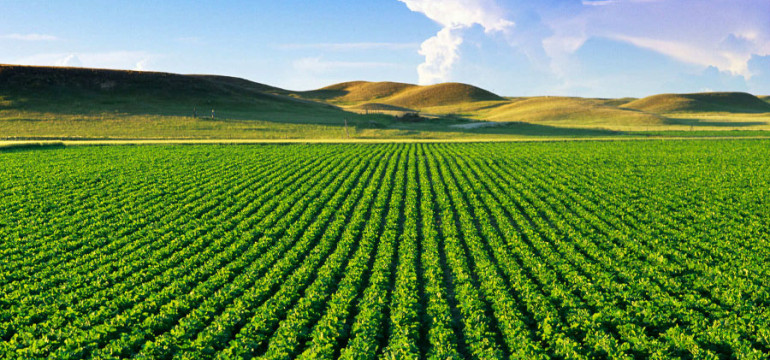By: Thomas Siebertz
Being from New England, when I hear the word cocoa, I instantly think of the warm chocolaty beverage you consume after hours of playing in the snow. Food has the tendency to evoke the happiest of memories but with so many challenges facing the food industry, how are we going to ensure that we have an ample supply for future generations? We have to look towards sustainable solutions at all points in the supply chain.
Food and technology businesses that drive the industry are called on to invest in sustainable technology. Cocoa Corporation is one such company that aims to do so through their new composting techniques. Cocoa transforms organic waste into a compost-based fertilizer used in agricultural fields, which helps to reduce air, water and waste pollution. Composting is nothing new, but the industry is not currently very efficient.
What is compost exactly? Compost is derived from the decomposed organic matter of leaves, vegetables and other plant waste. Farmers use it to add nutrients to the soil, which helps the plants to feed themselves more efficiently, resist disease and improve their nutrition and flavor profile. Compost serves the dual purpose of providing healthy soil for plants while putting food and other organic waste to good use.
Where does the Cocoa Corporation fit in with all this? Cocoa’s business model is similar to other compost operations in that it takes organic residuals and transforms it into compost in about ten weeks. What makes their product unique in the market is that they incorporate specific microorganisms into the compost to enhance its ability to suppress soil diseases.
According to their profile on AngelList, “Cocoa aims to disrupt the $22 billion US fertilizer market with a sustainable alternative, starting by building the Midwest’s largest compost facility, and expanding to build a network of similar facilities across the region.” Incredibly, Cocoa has already secured a $150k convertible bridge loan and is in the process of closing their Series A round of $2M.
Investors from major tech spaces who care about the environment are investing in Cocoa. Ali Partovi, who is listed as one of the investors on AngelList, is also co-founder of the computer education non-profit Code.org and is an active investor in sustainable food systems. His portfolios as an investor/advisor also include companies such as Facebook and DropBox. Tony Hsieh, CEO of online retail giant Zappos is also listed as an investor in Cocoa.
According to CEO and founder of Cocoa Corp, Adam Brent, money is not the only hurdle in this venture. One of the biggest challenges to composting is getting a facility sited because a lot of composting operations are known to cause odors so residents won’t want a facility near them. In addition, compost is a bulky, heavy item, which costs a lot to transport so both feedstocks and customers need to be close to the facility.
According to the EPA, in 2011 Americans generated 250 million tons of trash but only composted or recycled 87 million tons of this material. The numbers are low because of the many challenges the industry faces such as product inconsistency and the competition from chemical fertilizers. Brent states chemical fertilizers are essential to food production but unfortunately they are the largest source of non-point source water pollution in the country and a huge contributor to greenhouse gas emissions.
The Cocoa Corporation is poised to energize and take advantage of an inefficient industry, which will help reduce waste and improve crop quality. Cocoa, will also save farmers money by increasing crop yields and reducing soil disease and pollution. When we talk about sustainability in the food industry, these are the types of projects we need to be working on: something that will be better for human and environmental health, which can sustain us into the future.
If you’d like to learn more about the company visit: http://www.cocoa-corp.com/
What do you think of the intersection of technology and agriculture and how will it play a role in the future of food production?
Photo credit: http://portfolios.chuckhaney.com/index.php#mi=2&pt=1&pi=10000&s=19&p=24&a=0&at=0






Leave a Reply